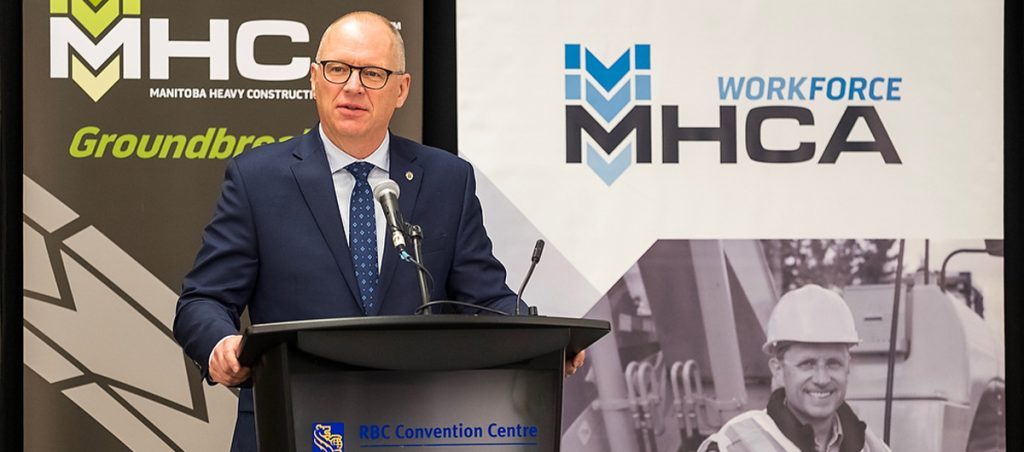Heavy Construction 101
What is heavy construction?
The heavy construction industry builds the foundation of our communities, province and country. It constructs the essential infrastructure upon which our economy is built, protects our quality of life and moves people and products to their destinations daily. Trade corridors, streets, roads and highways, water and sewer systems, mass transportation, airport runways, parks, land drainage and flood-control structures are examples of core infrastructure. Infrastructure is critical for any community to function and support economic growth.
Much of our infrastructure is publicly owned. The heavy construction industry is responsible for the construction, maintenance and rehabilitation of:
- municipal roads, sidewalks, parks, water and sewer lines
- Land drainage, water and flood-control structures
- highways, bridges, and overpasses
- transportation systems, such as airport runways, rapid transit routes, bike lanes, pedestrian paths and trails
The industry participates in the building of large projects, both public and private. Mines, hydroelectric plants and shopping malls as just a few examples.
Did You Know…?
- Municipalities own, build and maintain over 50% of Canada’s infrastructure, including roads and bridges, water and sewer systems, parks and recreational facilities.
- In Winnipeg, 80% of the traffic moves on 1,800+ lane-kilometers of regional streets, considered the backbone of the city’s trade and transportation system.
- In 2018, the City of Winnipeg reported the cost to reconstruct one lane-kilometer of residential street was $1 million and $1.9 million for regional.
- Manitoba is a strategically located trade and transportation hub. Geographically it is at the centre of the mid-content trade corridor and offers 24-hour seamless, multi-modal road, air and rail transportation systems.
- Located in Winnipeg, CentrePort Canada – Canada’s 1st inland port – is North America’s newest inland port and is the country’s first Foreign Trade Zone (FTZ).
- Manitoba has 2,400 bridges and structures on the provincial highway system, of which 1,250 are bridges. The other structures include large culverts and overhead sign structures throughout the province.
- In 1963, contracts were awarded for the construction of the Red River Floodway; at the time, it was Canada’s largest earth-moving project ever.
- 80% of Manitoba’s merchandise trade with U.S. is shipped by truck – more than 400,000 commercial trucks cross the MB – US border each year.
- The border crossing at Emerson processes about $22 billion in trade traffic annually (2018), more than any other border crossing in Western Canada, and 5th largest in Canada.
WORKING FOR MANITOBANS
The men and women of our industry are on the streets every day, making your roads better and ensuring your water and sewer lines work.








